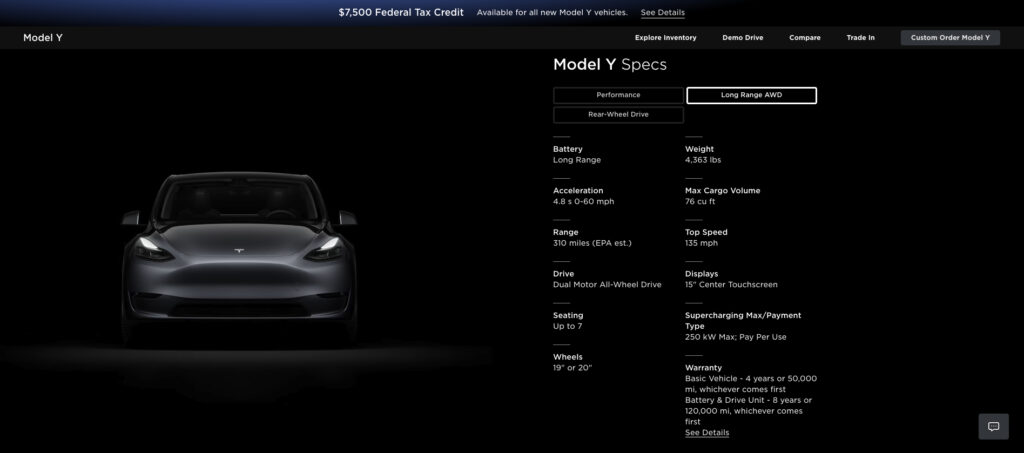When it comes to electric vehicle (EV) purchases, battery range is a pivotal factor for potential buyers. Range anxiety, the fear of running out of battery power before reaching a charging station, has long been a concern in the EV industry. Tesla, known for its impressive range figures and a vast charging network, has been at the forefront of the EV market. However, recent revelations suggest that the touted range figures for Tesla vehicles might not have been entirely accurate.
Tesla’s Dominance and the Range Controversy
Tesla has maintained its leadership position in the EV market, partially due to its reputation for offering long-range EVs and an extensive Supercharger network. The combination of these factors has helped alleviate range anxiety for Tesla owners. However, a recent report by Reuters has brought into question the accuracy of Tesla’s claimed range figures.
The Range Adjustments
In response to the allegations, Tesla quietly adjusted the expected range for several of its vehicles on its official website. Here are the key changes:
- Model Y Performance: The estimated range has been reduced from 303 miles (487 kilometers) to 285 miles (459 kilometers).
- Model Y Long Range: The estimated range decreased from 330 miles (531 kilometers) to 310 miles (497 kilometers).
- Model X Plaid: A minor drop in range from 333 miles (536 kilometers) to 326 miles (526 kilometers)
- Model S Plaid (with the 19-inch wheel option): The most significant reduction, with the estimated range decreasing from 396 miles (637 kilometers) to 359 miles (578 kilometers)
Notably, Tesla did not make any changes to the prices of these vehicles despite the lower range estimates. The range estimates for the Cybertruck and Model 3 sedan remained unchanged. Tesla has not officially commented on these changes, leaving room for speculation about the reasons behind them.
Impact on Tesla and the EV Market
The question now is whether these range reductions will affect Tesla’s sales and reputation. Despite the adjustments, Tesla still offers competitive range figures when compared to many of its rivals. Moreover, Tesla’s extensive Supercharger network remains a significant advantage. It’s worth noting that the most affordable Tesla model, the Model 3, was unaffected by these changes.
However, the EV landscape is evolving rapidly, with competitors like Lucid and Hyundai closing the gap and, in some cases, surpassing Tesla in terms of range. The range reductions may raise concerns among potential buyers and lead them to consider alternatives. Tesla’s response to this situation, whether in terms of communication or further adjustments, will likely influence how it is perceived in the EV market.
Tesla’s recent adjustments to its estimated range figures have sparked questions about the accuracy of its previous claims. While these changes may not have an immediate impact on Tesla’s sales, they could affect consumers’ perceptions and choices in an increasingly competitive EV market. As the EV industry continues to evolve, accurate range estimations and transparency will remain crucial factors in building trust with customers.
Article by AutomotiveWoman.com, an automotive & motorsport content creator
IMAGES: TESLA









